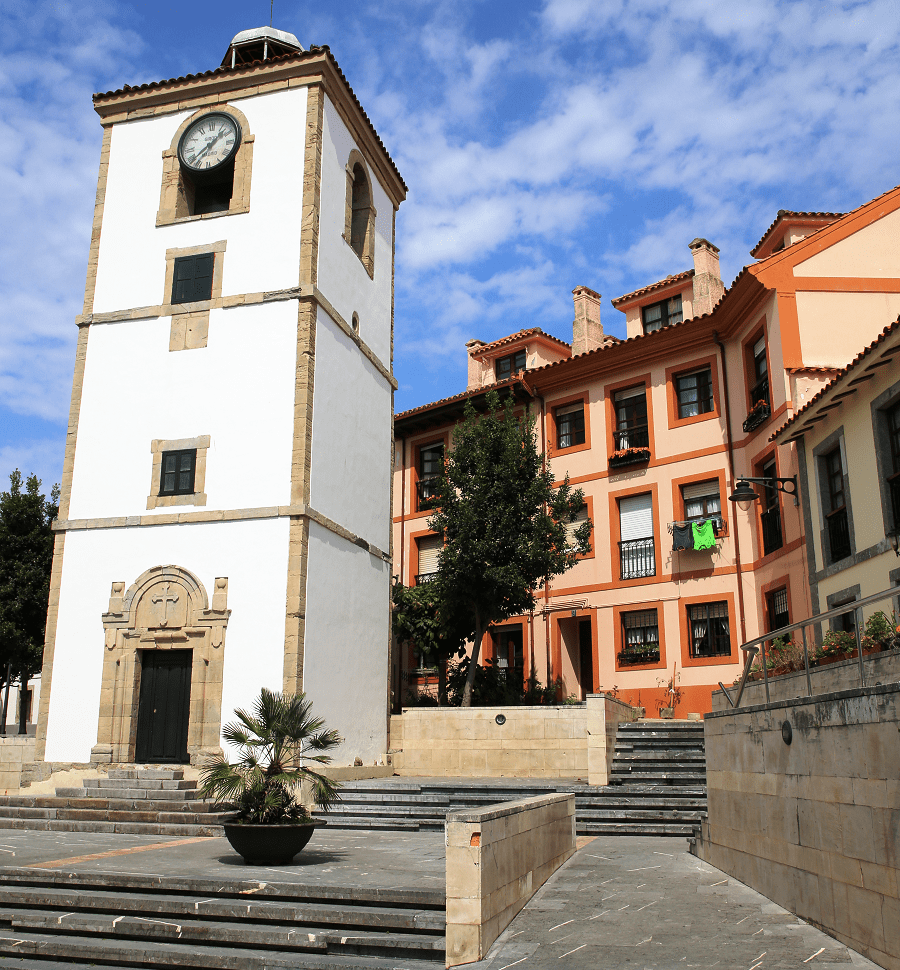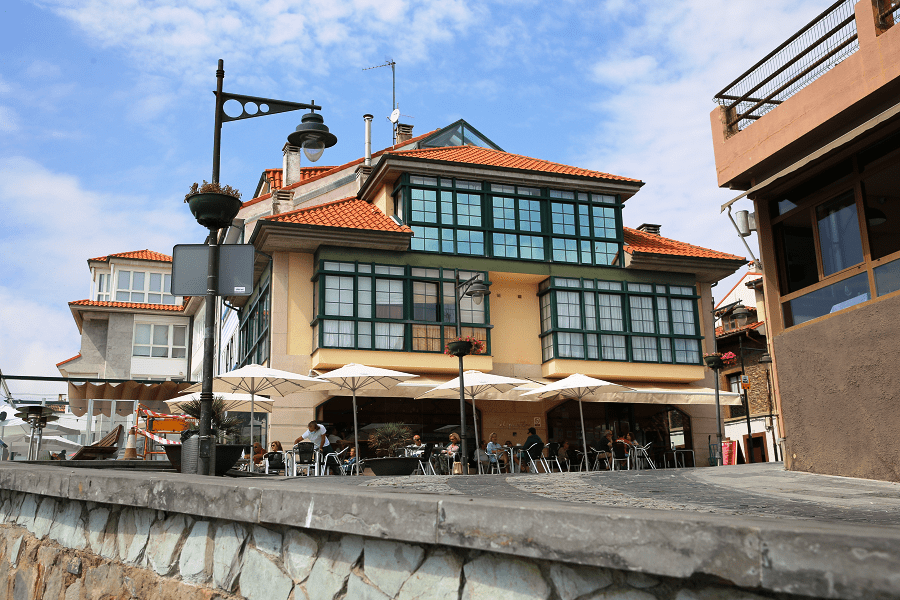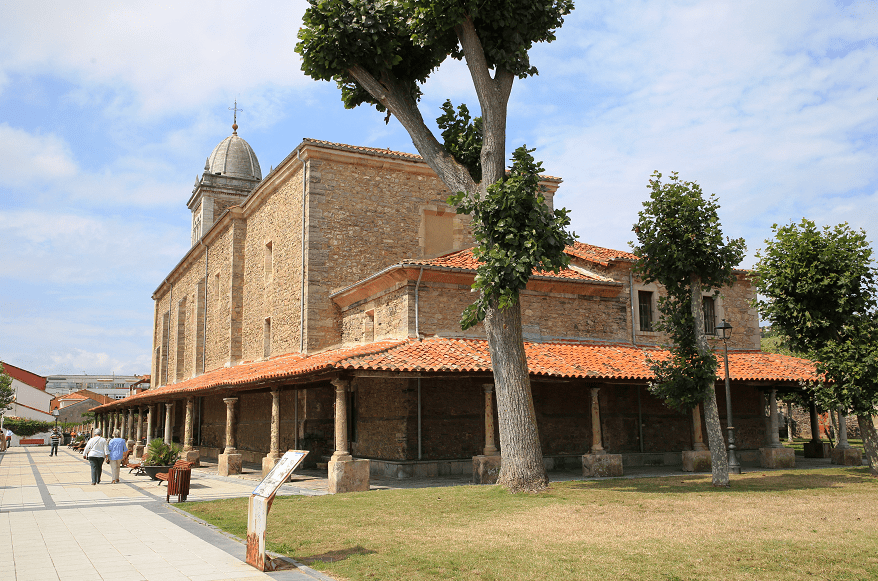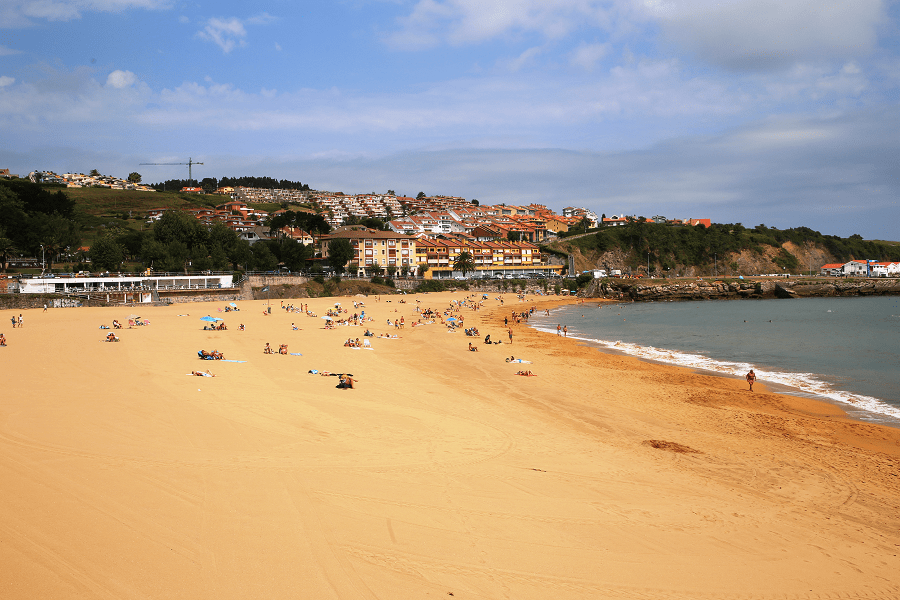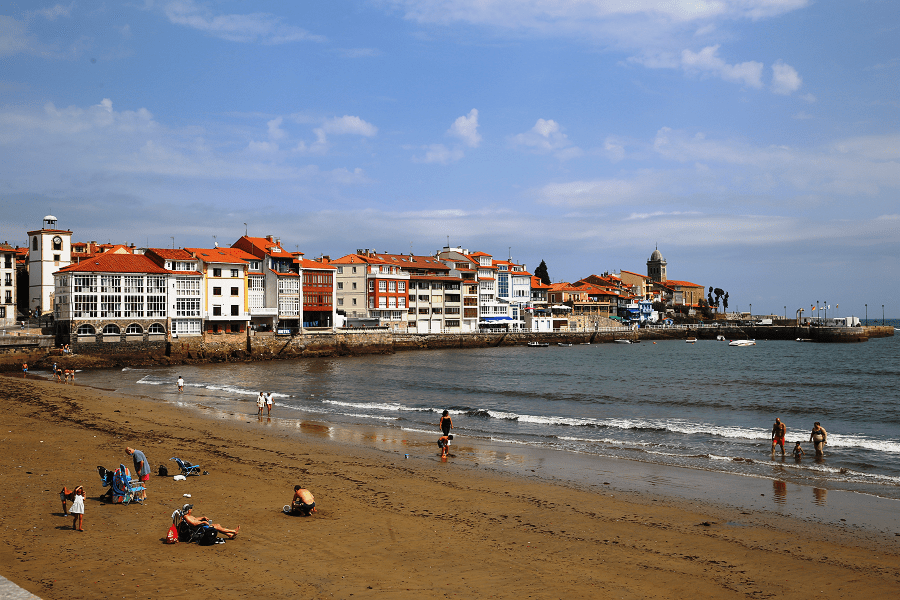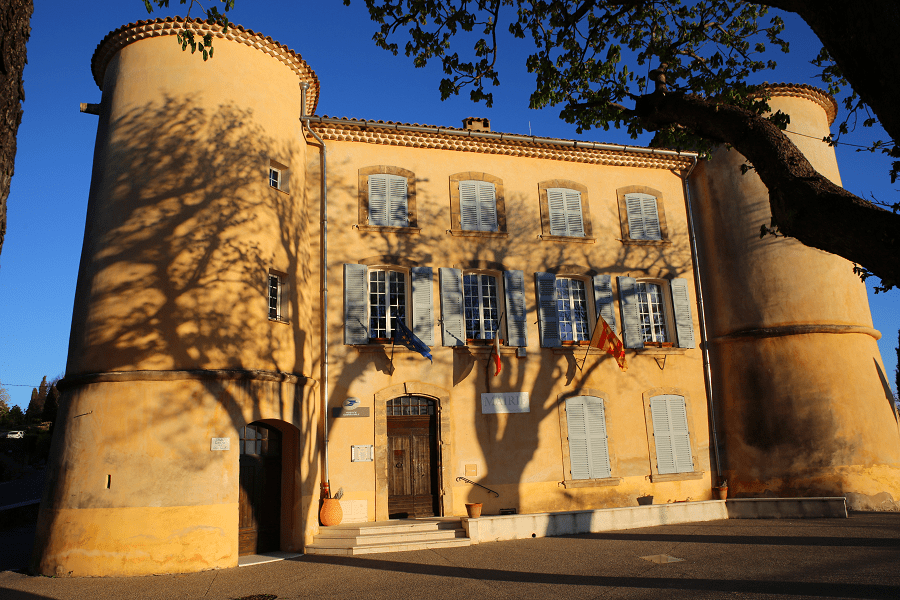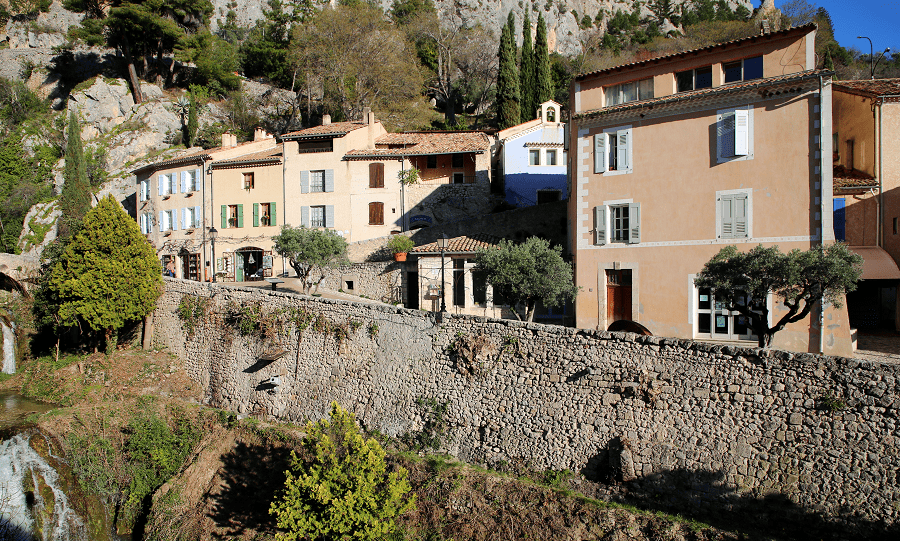Luanco (Asturian: Lluanco) is the capital parish of the municipality of Gozón, within the community of Asturias, in northern Spain.
The city is a popular part of the Costa Verde of the Atlantic resorts of Spain.
Main attractions
The church of Santa María, is the seat of the parish of Luanco and is a Historic-Artistic Monument. The temple was finished with a loan from the monastery of San Pelayo de Oviedo. Its structure is a single nave divided into four sections, the initial one under the choir is covered with a ribbed vault and the rest with a star-shaped vault.
In the nineteenth century, different rooms were attached and one more floor to the bell tower, it has a town hall on Tuscan columns. There is a great contrast between the sober exterior and the interior Baroque, with rich altarpieces, highlighting the main altarpiece from the 18th century, with the image of Cristo del Socorro. Of the rest of the altarpieces, their original imagery was lost.
The Menéndez de la Pola palace is a Historic-Artistic Monument, with two towers at the ends of its main facade. It has a square plan and the rooms around the central courtyard, with Tuscan columns in the lower courtyard. The left tower has a wooden corridor. The rest of the facades are more austere, except the one that looks out onto the garden with a wide gallery open to the second floor.
The Clock Tower from 1705, also used as a prison, has a square plan, with three floors marked on the outside by the line of imposts. Its door is baroque. The Victory Cross is carved on the lintel.
The Valdés Pola house is in conjunction with the San Juan Bautista chapel, erected in front of its south façade. It presents the coat of arms of the family, it is completely renovated inside, being today a restaurant. Its chapel is small. A semicircular arch supported by imposts allows access to the square nave with a small altarpiece.
The Mori house, by the architect Manuel del Busto, is a jewel of Asturian Art Noveau and with Catalan modernist influence, it is rectangular in shape and two floors with a small garden with a wooden dovecote. The frames of the openings and their semicircular bay windows on the first floor with fine columns with ceramic domes stand out.
The Institute of the Holy Christ of Help, promoted by the emigrant to Cuba, Mariano Suárez Pola. The building is rectangular with four single-storey bays. The main façade of great austerity with a more outstanding central body topped with a triangular pediment with a clock on the tympanum. In the lateral bodies there are four windows with a lowered arch and at the ends the secondary entrances made of square ashlar.
The Manzaneda palace, part of it is a medieval tower with a square plan from the seventeenth century, the rest of the building was restored in 1927. Its plan is structured in a “U” shape, the main facade has a large access arch over which there is a balcony with an iron parapet with two windows and the coat of arms of the Valdés-Coalla family. Its chapel is at one end of the main façade.
Beaches
The town’s two beaches stand out: La Ribera beach and Luanco or Santa María beach.
La Ribera beach has a shell shape, being connected to Luanco Beach by a promenade that runs through the entire area between the old port of Luanco to the new facilities of the current marina. It does not have a large influx of bathers, not even in summer, because it disappears at high tide.
Despite having a sandy bed, it presents, on its eastern slope, rocky outcrops. The area is known by the names of Samarincha and Samarinchon, being two authentic stone workers. La Samarincha, about 50 meters high, disappears at high tide, and the old Puerto Ballenero de Luanco was located there during the Middle Ages. Later a spa, “La Rosario”, was installed in it.
Currently the beach of La Ribera is used to annually celebrate the International Tennis Tournament “Playa de Luanco”, the only one in the world that takes place on a sandy beach court.
As for services, although it does not have toilets or showers, it does have a cleaning service, a tourist office, food and drink establishments.
How to get to?
From Oviedo 37 min (38.6 km) via A-66
From Madrid 4 hr 45 min (484 km) via A-6
Main information
Area: 4,8 km² (municipality)
Coordinates: 43°37′00″N 5°47′17″W
Population: 6023
Languages: Spanish, Asturian
Currency: Euro
Visa: Schengen
Time: Central European UTC +1
See here best sea and ocean resorts of France and Spain (223 objects)







